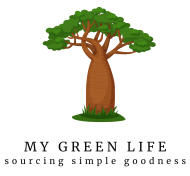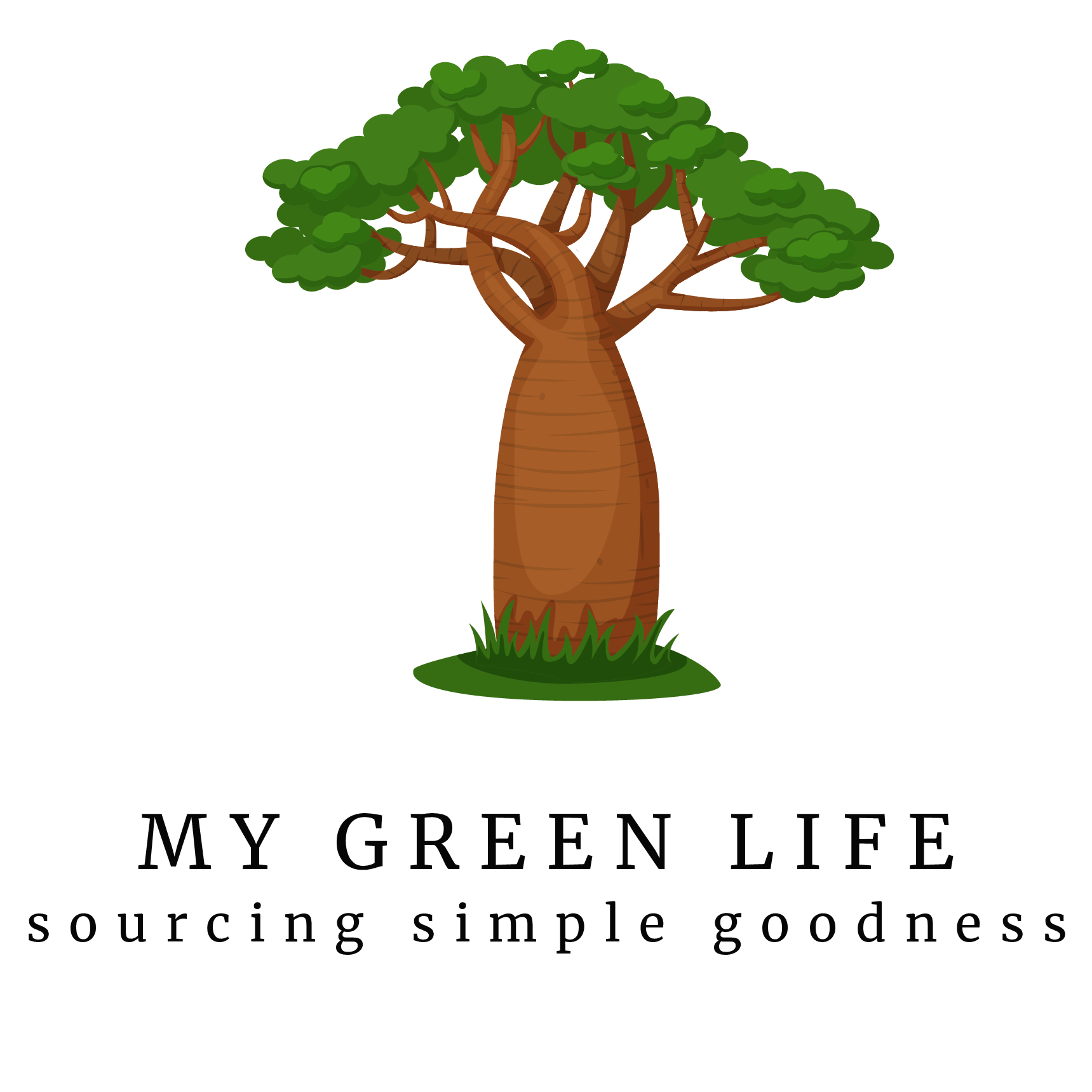21 MARCH : WORLD FOREST DAY
Together for Trees: Honouring World Forest Day Using green or eco-friendly products can have a significant, positive impact on forests, particularly by reducing the demand for raw materials that contribute to deforestation. Forests are vital to the health of the planet—they regulate the climate, support biodiversity, provide clean air and water, and support many indigenous […]
Together for Trees: Honouring World Forest Day
Using green or eco-friendly products can have a significant, positive impact on forests, particularly by reducing the demand for raw materials that contribute to deforestation. Forests are vital to the health of the planet—they regulate the climate, support biodiversity, provide clean air and water, and support many indigenous communities. Here’s how choosing green products helps protect forests:
Many green products, including those from My Green Life, are made with sustainably sourced materials.
Many standard products rely on harmful chemicals that damage forests, e.g. pesticides and fertilizers that run off into nearby forests, contaminating soil and water, harming plant life, and impacting wildlife.
Green products, such as organic or chemical-free alternatives, help reduce the pollution that can harm forest ecosystems, allowing natural habitats to thrive and reducing the risk of biodiversity loss.
Purchasing eco-friendly or green products often means supporting brands and organizations that are committed to forest conservation and restoration projects. Many companies involved in sustainable production actively support forest protection initiatives, like tree planting programs or efforts to protect endangered species and habitats.
By supporting businesses that invest in sustainability, you contribute to the funding and advocacy for forest conservation efforts.
Many green products are designed with the idea of reducing waste and extending the lifecycle of materials through reuse, recycling, or composting. This reduces the need to extract new raw materials from forests, lowering the demand for timber, paper, and other forest products, e.g. recycled paper reduces the need for virgin paper, meaning fewer trees need to be cut down. Choosing these products can significantly reduce deforestation rates over time.
Green products typically have a lower carbon footprint because they are often produced using cleaner technologies, locally sourced materials, and environmentally friendly processes. By using these products, you help reduce overall demand for carbon-intensive industries that might otherwise encroach on forests.
Many eco-friendly products are marketed with an emphasis on the ethical implications of production, which often includes protecting forests and wildlife. By choosing these products, consumers make a statement that they value sustainability and support businesses that prioritize environmental and social responsibility.
This shift in consumer behaviour helps create a demand for more sustainable practices.
By consistently choosing green products, you help create a shift toward a more sustainable economy that values long-term environmental health over short-term profits. While one individual’s choice may not seem like much, collective consumer power can push industries toward adopting better practices, creating a ripple effect that protects forests on a large scale.
Ultimately, supporting sustainable, green products is a way of aligning consumer behaviour with the goal of preserving the natural world—helping to ensure that forests, wildlife, and ecosystems continue to thrive for generations to come.









 EN
EN